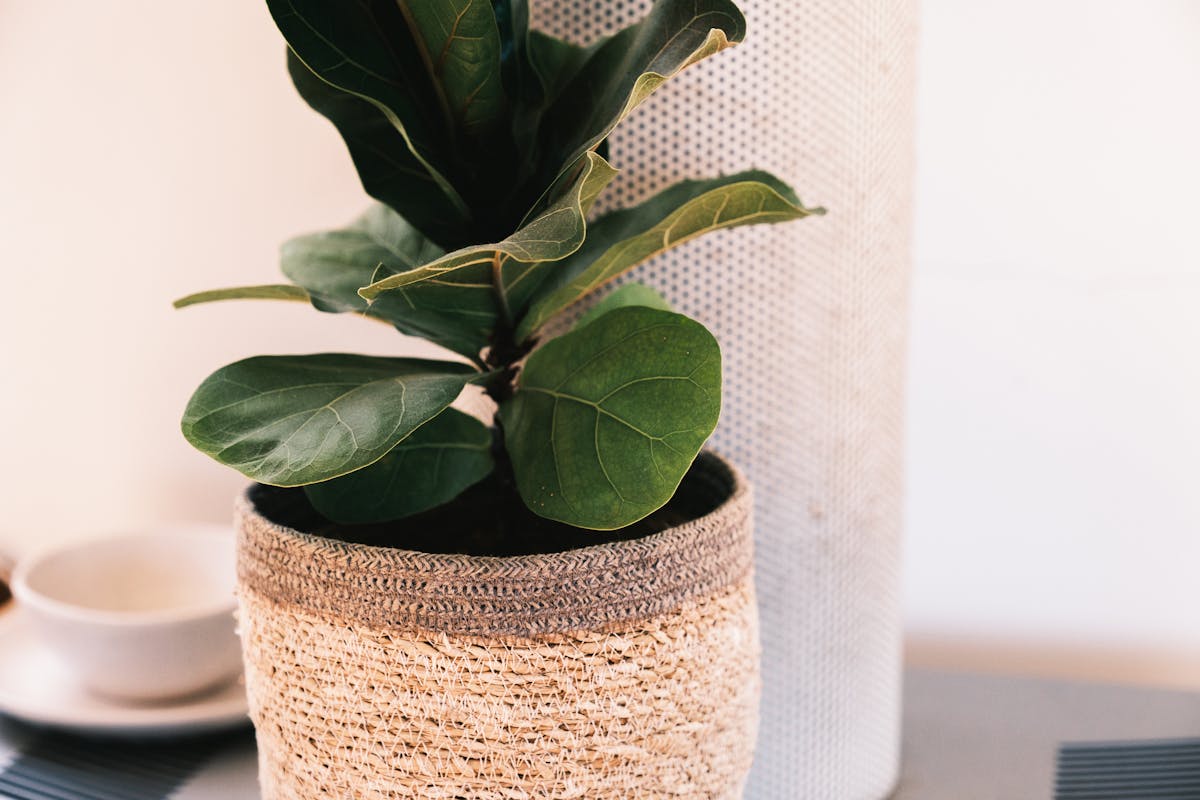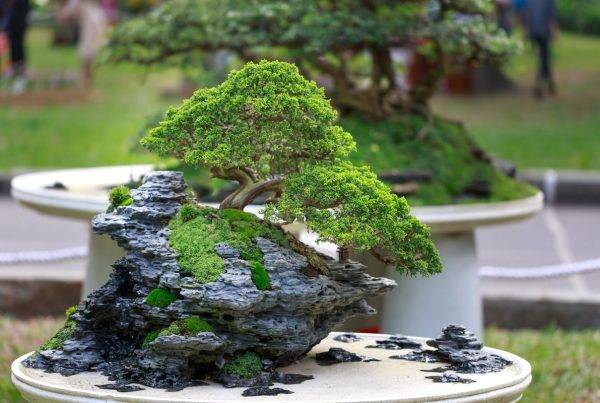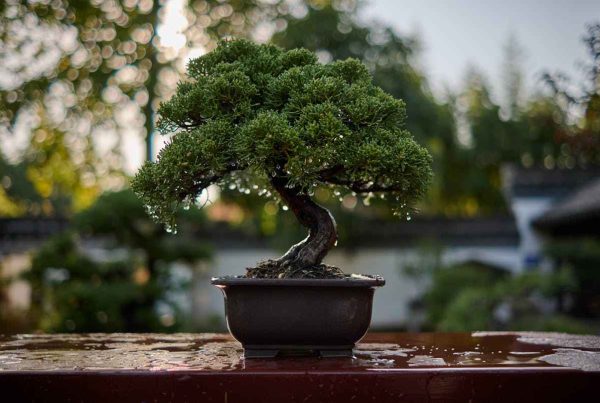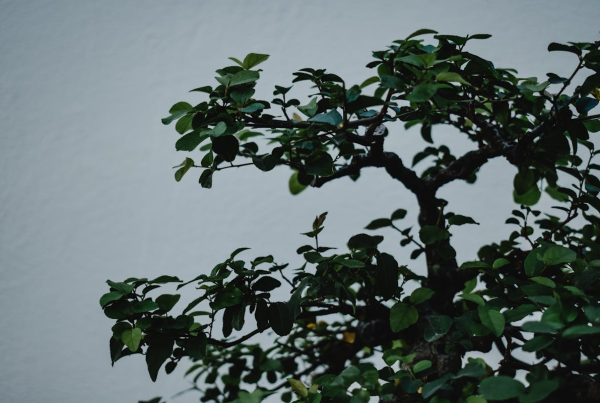Fiddle Leaf Diagram: What?
The family Moraceae of Tuteri includes petals. It is native to the tropical rainforests of West Africa, where it can reach heights of 12 to 15 meters (39 to 49 feet). It takes its name from its numerous and large sea urchin-like leaves.
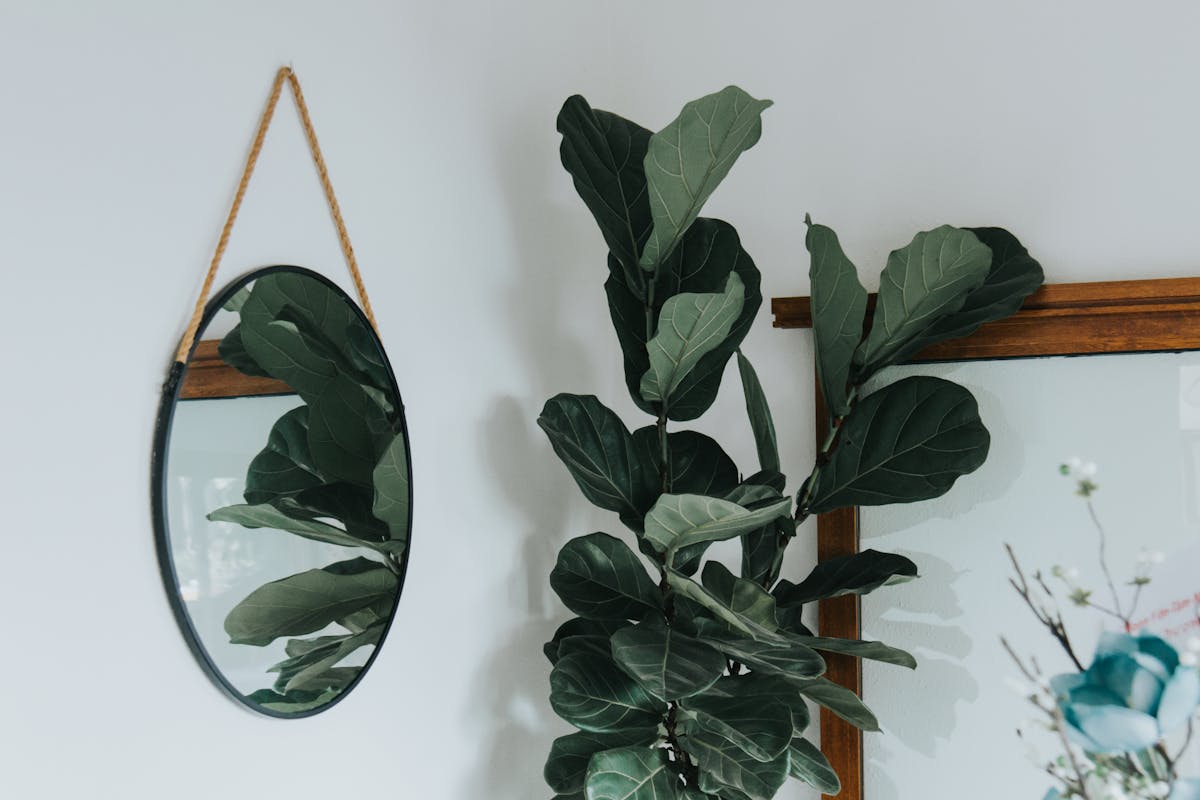
Grow leafy plants indoors
Can you grow leafy plants indoors?
The answer is that fig leaves grow indoors. It grows slowly and reaches a height of 5 meters indoors. The plant, which has no risk of frost, can also be grown outdoors in hot or humid weather.Cleans the air : This article from NASA Justifies Household Items Including leaf blower and how can they clean air for us.
It improves mental health. It is a plant that has medicine in it for people to get better and take care of their problems. Information on using Ficus lyrata as an productive houseplant. It achieves this by focusing on your health and well-being.
Noise Reduction: Large plant leaves, trees, and branches absorb sound well. They make a quiet, peaceful place.
Positive attitude: Fig tree can make you happy and decorate your home or office.
How should the leaf tree be cared for?
Let’s look at what your maple needs to grow into a strong and colorful plant. Everything you need to know about care and maintenance, including the best soil type, fertilizer and water and light, is in this section.
What is the best soil for leaf litter in pot planting?
For best results, use a well-drained potting soil for your deciduous trees. You can add one-third to one-half of the cactus mixture to your regular soil or use a ready-made soil mixture.
This reduces the risk of bacterial and fungal problems. It also prevents waterlogging and root rot by improving drainage and root circulation.
What size pot do I need for my Fiddle Leaf Tree?
If you have recently planted a leaf fig in front of your home, consider purchasing a larger pot and planting the plant immediately. A pot that is at least 7.5 to 10 cm in diameter and half an inch or two inches larger than the tree is ideal. Unlike other plants, it is important to repot this plant every year. The house needs to be moved every two years.
How often should tying be done?
During the growing season, fertilize the fruit’s leaves once or twice a month with industrial fertilizer. Then, use pellet fertilizer once every few months. Fall and winter are not the time to feed your plants.
How often should fiddle leaf plants be watered? You should water fiddle leaf figs by inserting your finger into the bottom of the plant and checking to see if the top two inches are dry. Please note that these plants like to receive this amount of water regularly. Remove excess water from the water line to prevent excess water and rot.
Leaf figs are called baby leaf figs because they absorb water. Be sure to pay attention to this part of their care routine!
Can I drown my leaves in water?
Be careful when putting fig leaves into water. The upper roots of the plant may dry out, but the lower parts of the roots recover quickly. Additionally, this may cause salt stones and salts to accumulate in the soil, thus threatening the health of fig leaves.
Therefore, in addition to ground water, it is better to occasionally water the fiddle leaf fig above ground. 97 Needs full sun but avoids too much sun.
Your unheated beauty will look great with an open south-facing window. It is important to remember that this plant does not like to be transplanted. 97 In order for the plant to grow well, it is recommended to adjust the temperature to 90 degrees every week or every three weeks.
Now that we know that the soft-leaf fig is a difficult plant to care for, you should always give it a change of environment to avoid stress. 97 This tropical plant is not suitable for cold climates or prolonged frosts. Therefore, keep the temperature below 15°C (60°F).
Since the plant likes high humidity, it benefits from occasional shaking in dry weather.
Is the temperature too low for the leaves?
Any temperature below 18°C is too cold for leaf figs. When a plant is exposed to low temperatures it may become unstable and begin to shed its leaves.
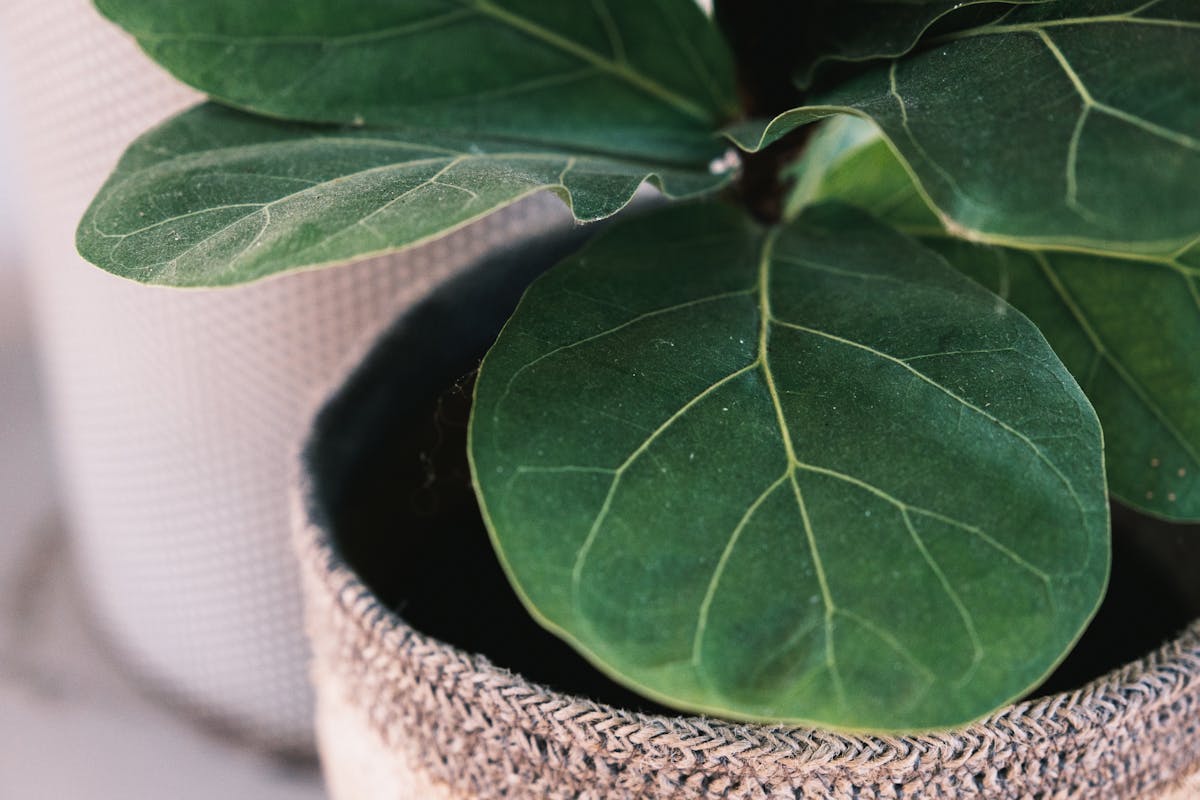
Cut the leaves of a fig tree
How to cut the leaves of a fig tree?
Remove damaged leaves near the base of the stem using sharp, sterile scissors or scissors. Cut fiddle leaf figs, creating a wedge between the two heads to encourage new growth. This will cause the plant to form two stems and produce new leaves, which will be effective.
Leaf figs do not grow quickly, but sometimes they can reach a height of 1.80 meters. Therefore, it was decided to prune the plant to encourage flow rather than vertical growth. Cuttings can be propagated by cuttings.
Last but not least: Dust your leaves regularly to stimulate photosynthesis.
When should a deciduous tree be pruned?
Normal-leaved figs can be pruned in spring or summer. New leaves are growing this time of year and there is plenty of sunlight to encourage new growth.
How to Grow Leafy Fig Trees
Three techniques are available for propagating leafy fig trees: aerial planting, irrigation, and soil.
From the soil: The best and most popular method of propagating fig leaves is to root the tree in the soil. Using a sharp knife, cut off the branch of your plant and make sure the stem has three or four heads. Ensure the cutting is well rooted when you fill the potting material with well-drained soil. When you’re done, place the branch in a container and cover it with plastic wrap to retain moisture.
In Water: Elimination of water logging is the next cultivation technique. To do this, place the cuttings in a glass container filled with clean water. Before placing the cutting in the container, wait a few weeks for at least an inch or two of roots to grow.
Air Classification: This third distribution method is probably reserved for science buffs. Make the top of a good carrot and lower the top and insert the indicated part into the root of the carrot. This part of your Ficus lyrata should be wrapped in peat moss, covered with plastic wrap, and the ends capped. Cut off the moss-covered bottom part and plant it in the ground as soon as roots become visible. 97 For example:
Falling leaves: This may be a response to sudden changes in light, humidity or temperature. You can fix this problem by allowing your leaves to grow all year round.
Tips for Dark, Soft Leaves: Over watering is the main cause of this common problem. This thirsty South American plant likes to be watered regularly or when the soil is 2 inches (5 cm) dry.
Over watering: It’s also not a good idea to overwater your fiddle leaf figs. This causes insect pests, root rot, and yellow leaves, among other things. Therefore, to protect the health of your ficus lyrata, do not step on it.
Nutrient Deficiency: Sometimes yellow leaves may appear on some leaves; this is a sign that the plant is deficient in minerals. Following a regular birth control plan is the best way to deal with this problem.
Irregular Lighting: Fig leaves may shrink from one side if they receive too much sunlight. Fortunately, there is a simple solution. You can report once a week or every two weeks to ensure that the entire plant receives the same amount of sunlight throughout the year. 97
The lifespan of a long-lived tree is between 25 and 50 years. When grown indoors, they can take up to 15 years to mature.
- Is it possible to extinguish fig leaves outside?
A.What is the correct winter processing method for leafy vegetables? Use the following tips to care for your fig tree in winter:
Make sure the temperature remains above 15°C.
Use grow lights that simulate sunlight so your Ficus lyrata can tolerate cold weather. Excessive water should be avoided!
Consider using a fireplace or installing stone fireplaces to increase the amount of warmth in your home.
- Is it harmful for cats and dogs to touch a fig tree?
A: The seeds of the leaves can harm dogs and cats. If your pet eats or comes into contact with it, the thick white coating on the leaves and bark can irritate the mouth, throat, stomach, and stomach lining due to the high amount of calcium oxide. If you can’t keep your furry friends away from ficus lyrata, you can plant a pet money tree instead.
In summary
Preserving fig leaves in fruit requires a careful balance between beautiful appearance and attention to detail. Provide your plant with the best possible conditions with well-drained soil, direct sunlight and regular watering. If you regularly dust the broad leaves of your Ficus lyrata and check for insects, it will grow larger and stronger.
Trying to find the right plants for your fig tree? If so, you can include Chinese Evergreen, Rubber Tree and Snake Plant in your indoor garden.
